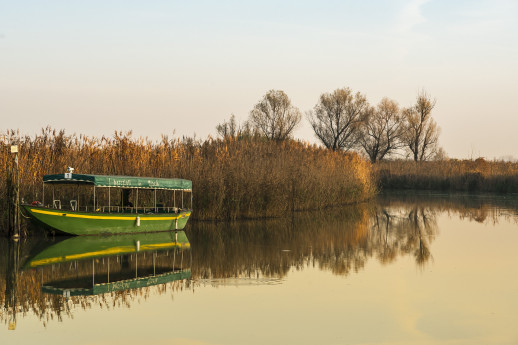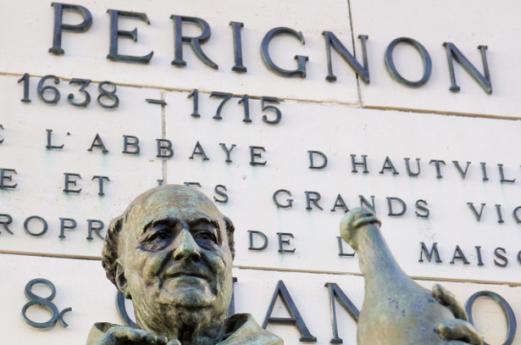- Religious Tourism
- Art & Culture
- Lakes
La Via Palmaria Burdigalense
From France to the Holy Land…Passing through Italy!
Garda and its surroundings were not the most important and significant roads covered by medieval pilgrims but it cannot be said that the figure of the pilgrim was unknown in these parts.
The Via Palmaria (Burdigalense Route) skims the southern area of the lake while, as documented by the evidence of ancient hospices, the Garda shores were walked from north to south by pilgrims who arrived to fulfil their vows at the major sites of the Christian faith and the many minor sites that popular devotion chose as centres of worship and devotion.
The Burdigalense route is the most ancient route recorded of pilgrims from Bordeaux
heading to Venice to sail to the Holy Land.
From Brescia, the route runs through the Lonato countryside, to Brodena, Castel
Venzado and Centenaro, then San Pietro di Desenzano, Rivoltella, Sirmione and Peschiera up to Cavalcaselle in the direction of Verona.
There were hospices for travellers and numerous convents and monasteries scattered
along the entire perimeter of the shoreline, where pilgrims found accommodation and
refreshments.
Today, Garda is once again the perfect destination for a route centred on the soul,
a chance to reflect and meditate.
5 reasons to cover the route
1. Enjoy a historic walk surrounded by the stunning panorama of the lake along the shores of Garda.
2. Most people probably know that the Kneipp treatment is a cure-all found in many wellness centres but perhaps few realise that it was invented by a German abbot, Sebastian Kneipp. At the end of the nineteenth century, his name was known
throughout Europe and his methods soon arrived in Lombardy. Give yourself a relaxing break at the thermal centres of Sirmione, one of the jewels in the region’s crown, where you can directly experience the abbot’s teaching.
3. Bitters, propolis and royal jelly, medicinal herbs and chocolate, all produced by the monks, can be bought at the Abbazia di San Nicola in Rodengo, famous for its digestive tonics.
4. Not to be missed is a visit to the historic centre of Desenzano and the sixteenth century Malvezzi square, the castle that dates from the high Middle Ages and the Porto Vecchio, built during the period of rule by the Venetian Republic.
5. Leaving the coast, we continue along the Sirmione peninsula and, at its end, a view can be enjoyed of the “Caves of Catullus” where a Roman villa has been identified built between the end of the 1st century B.C. and the 1st century A.D.




















